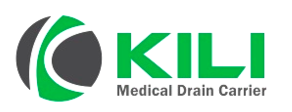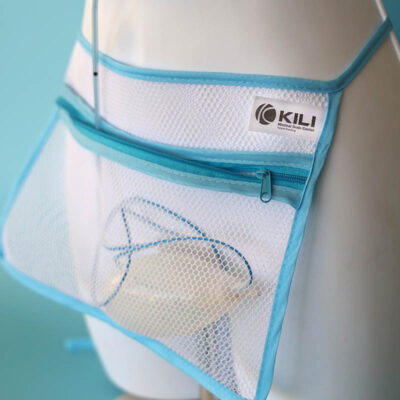A radical concept in healthcare: including patients in decisions about their individual care goals and paths to healing.
Dr. Vivian Lee, Senior VP at Health Sciences, University of Utah Health Center in Salt Lake City is on a mission to do just that. Sitting. Listening. Discussing. And arriving – together – at what the patient would like to achieve.

Consider the father with a knee injury. Maybe he just wants to dance at his daughter’s wedding. He does not need to be able to run a marathon. If the caregiver understands a patient’s motivation and goals, they can develop solutions together. This can increase comfort, compliance and the likelihood of a successful outcome.
I learned this first hand during my third round of breast cancer, after a mastectomy, I had options for reconstruction. My UC Davis plastic surgeon presented several procedures. We discussed my new employment position and critical deadlines that loomed in the near future. Based on my input, we arrived at what would provide my preferred outcome, completed in the amount of time that was realistic.
We also worked together to ease my recovery process. I hated post-operative wound-care drains. The ugly fluid-filled bulbs reduced any amount of dignity I still had at that point. The drains are typically secured to clothing with safety pins. But clearly this solution was not created by anyone who had actually worn a drain. The safety pins were absolutely useless when changing clothes or showering. Really? Clip them to what, my skin?
With permission, I devised my own solution. I brought a canvas food server apron. It held the drains, gave staff easy access and restored some personal dignity. I improved the design a few weeks later when instead of canvas, I used fine light mesh material. I went on to produce and sell these carriers for others. Now the drain carriers can stay on patients 24/7, even when bathing. This not only improves comfort and convenience but prevents pulling at the drain attachment site.
This concept – including the patient in their care decisions – has expanded.
The Utah Health Center proposes “giving patients the power to determine whether their care has been successful.” The staff is starting by collecting data from patients about how their illnesses affect their daily lives. Data is uploaded to electronic medical records, providing transparency to all medical professional that come in contact with a patient. This complete picture of patient needs and issues leads to more tailored recommendations. Soon, the Center will begin measuring what’s called as “patient reported outcomes.”
Some medical personnel may feel that this change may place them in a vulnerable position. (Explain why.) What’s Lee’s advice to her fellow doctors? “Get thicker skin.”
This innovative approach has earned praise from the medical industry. Last month, University of Utah Health Care was named No. 1 for quality in a prestigious annual ranking of academic medical centers, beating out Mayo Clinic in Minnesota, Cedars-Sinai in California, and several other top institutions.

